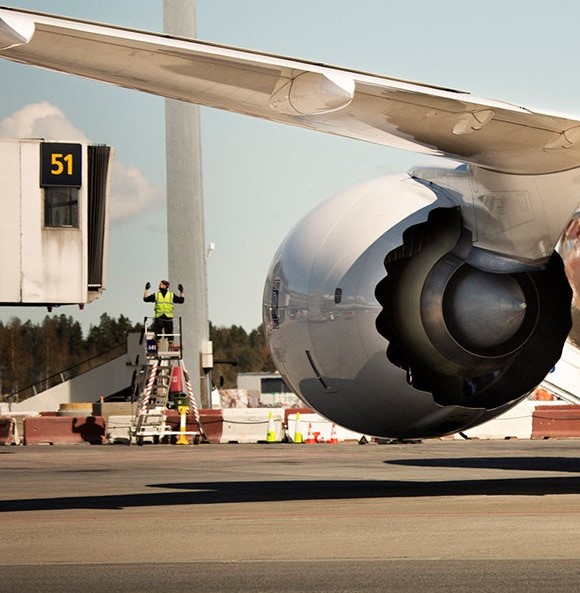Further signs of weakness have appeared in the forward airfreight price, as rates out of Hong Kong into the US have completely collapsed. Congestion remains in Shanghai, as cargo gets backed up across a number of the core mainland Chinese airports.
China has locked down a second city this week (Jilin), on reports of new Coronavirus cases. Meanwhile, Europe is cautiously exiting lockdown, for the most part, citizens are met with reports of recession (the UK GDP sank a record 5.8%, Germany’s economy shrank 2.2%).
Airlines have been rolling out post-COVID flight plans, Lufthansa is notably one of the most active in re-establishing routes (we don’t know whether this is based on actual booked demand or a gamble on future demand). Certainly, cargo will take up a much bigger share of the balance sheet on these routes.
Meanwhile, the debt being piled into the travel market keeps getting bigger (often with Government strings attached), while those that can’t secure life-line funds risk insolvency and bankruptcy.
So, on top of the demands of decarbonisation, macro-economic turmoil (Trump’s Trade War II is on the horizon), and the usual panoply of unknowns (weather, volcanoes, port strikes, oil prices), Airlines will have to tackle very high debt-loads and post-COVID travel norms in a market where one has to set up schedules based on best-possible-guesses.
On the supply side, a subtle debate is circulating: is there a ‘normal cargo’ inventory scarcity? Where is there inventory oversupply, and which industry sectors? And how much production will move out of China in the coming months?
Volatility and uncertainty remain the only real constants for the time being.
